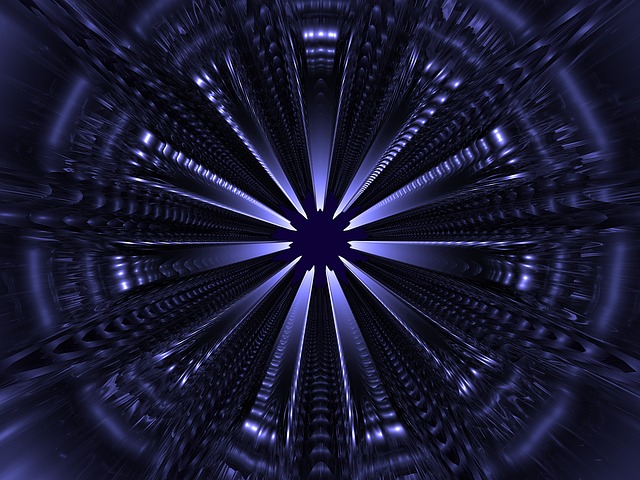
Chinese state media recently released a video showing that its scientists have found a way to test a working (electromagnetic) EM drive.
The creation of an EM drive was deemed impossible a few decades ago, but recent breakthroughs have shed light on the possibilities it presents as far as space exploration is concerned.
Even before Chinese scientists released their short clip, NASA had already peer reviewed a research paper talking about the EM drive. While there are experts contesting the possibility of its development, there are also some who believe it can work, at least in theory.
Also known as a radio frequency resonant cavity thruster, the EM drive has long been considered as a missing element in the realization of manned space explorations mainly because it allows for faster space travel at a fraction of the cost.
How does it work? In theory, an EM drive has the capacity to generate thrust, which is needed to move in space, but without a propellant such as a rocket. Instead of a propellant that pushes the spacecraft forward, what pushes it is the electromagnetic thrust produced by moving microwaves inside a cavity.
The process can be compared to a person inside a box who pushes the box from the inside in order for it to move. In other words, the force does not come from the outside of the box. Another more vivid illustration came from Steven Thomson of the University of St. Andrews, who says the EM drive is like “trying to pull yourself up by your shoelaces and hoping you’ll levitate.”
Unfortunately, this premise would go against one of the most basic laws of science – Newton’s third of law of motion – which states that for every action, there’s an equal and opposite reaction.
“Action and reaction is a direct result of the conservation of momentum,” said Brice Cassenti, advanced propulsions system expert from the University of Connecticut, adding that violation of such a basic law in physics could ‘invalidate’ much of the basis of laws in physics.
Still, the Chinese scientists, led by Dr. Chen Yue at the China Academy of Space Technology (CAST), claim that they have been able to defy the law, and are actually on their way to test the EM drive in space real soon.
The EM drive should not be mistaken as the fabled warp drive, which is currently possible only in sci-fi movies. What the warp drive does is provide faster-than-light (FTL) travel while warping the fabric of space-time. As a result, a spacecraft can travel millions of light years away from its original position in a very short time.
In the event that the Chinese scientists fail to make the EM drive work in space, mankind would just have to settle with the next best thing – rocket propulsion technology.
NASA is currently working with SpaceX, Elon Musk’s rocket company to revolutionize access to space. Musk however, has stated often that his main goal is to send people to Mars and establish a working and sustainable colony so that humanity can become as he puts it, a ‘multiplanetary species’. That’s why SpaceX aims to build the biggest and baddest heavy-lift rocket in history, which could help bring its un-piloted ‘Red Dragon’ capsule gently to the Martian surface as early as 2018. If that plan materializes, it would mark the achievement of a monumental milestone and print a first giant step toward the realization of our long-held dream of finally establishing human civilisation on The Red Planet.




Leave a Reply